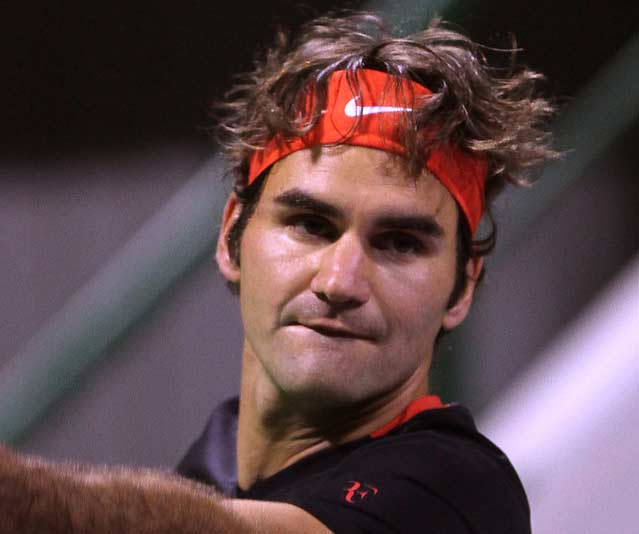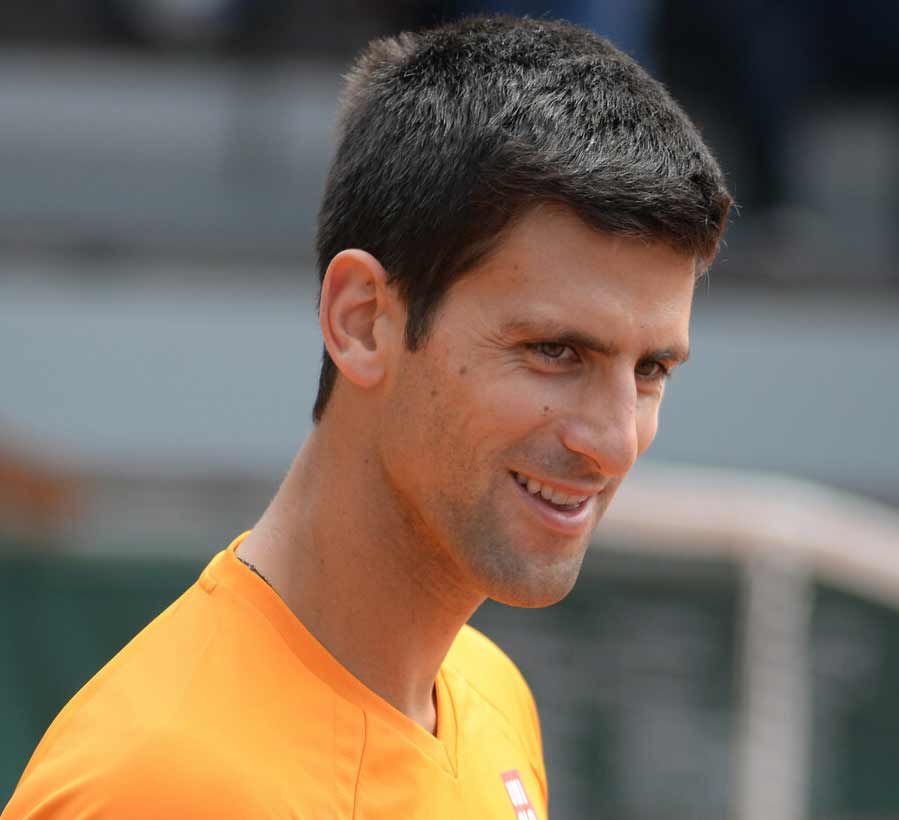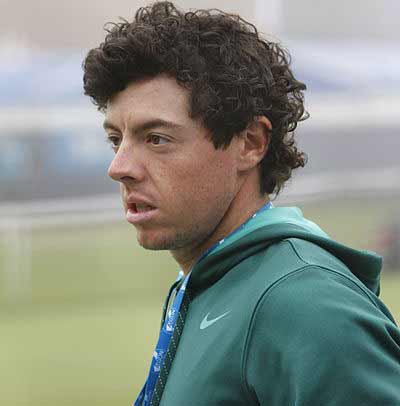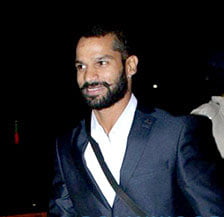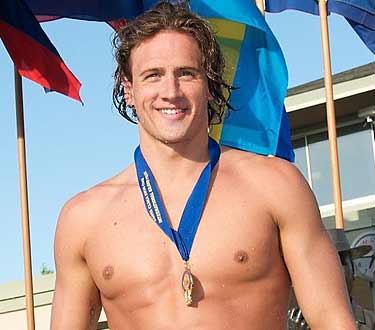| Full Name | Roger Federer |
| Date of Birth | 8 August 1981 (age 42) |
| Place of Birth | Basel, Switzerland |
| Height | 1.85 m (6 ft 1 in) |
| Turned Pro | 1998 |
| Retired | 2022 |
| Plays | Right-handed (one-handed backhand) |
| Prize Money | US$130,594,339 (3rd all-time leader in earnings) |
| Official Website | rogerfederer.com |
| Singles Career Record | 1251–275 (82.0%) |
| Singles Career Titles | 103 (2nd in the Open Era) |
| Highest Singles Ranking | No. 1 (2 February 2004) |
| Net Worth | $550 million |
| Grand Slam Singles Titles | Australian Open: 6 (2004, 2006, 2007, 2010, 2017, 2018) |
| French Open: 1 (2009) |
| Wimbledon: 8 (2003, 2004, 2005, 2006, 2007, 2009, 2012, 2017) |
| US Open: 5 (2004, 2005, 2006, 2007, 2008) |
| Other Singles Tournaments | Tour Finals: 6 (2003, 2004, 2006, 2007, 2010, 2011) |
| Olympic Games: 1 (2012) |
| Doubles Career Record | 131–93 (58.5%) |
| Doubles Career Titles | 8 |
| Highest Doubles Ranking | No. 24 (9 June 2003) |
| Olympic Medal Record | Gold medal – 2008 Beijing (Doubles) |
| Silver medal – 2012 London (Singles) |
| Team Competitions | Davis Cup: W (2014) |
| Hopman Cup: W (2001, 2018, 2019) |
| Retirement | Retired in September 2022 following the Laver Cup |
| Awards and Recognition | Won Stefan Edberg Sportsmanship Award 13 times |
| Won Laureus World Sportsman of the Year award 5 times |
| Instrumental in the creation of the Laver Cup team competition |
| Philanthropy | Established the Roger Federer Foundation, targeting impoverished children in southern Africa |
| Raised funds through the Match for Africa exhibition series |
| Endorsement Income | Ranked first among all athletes with $100 million in endorsement income in 2020 |
